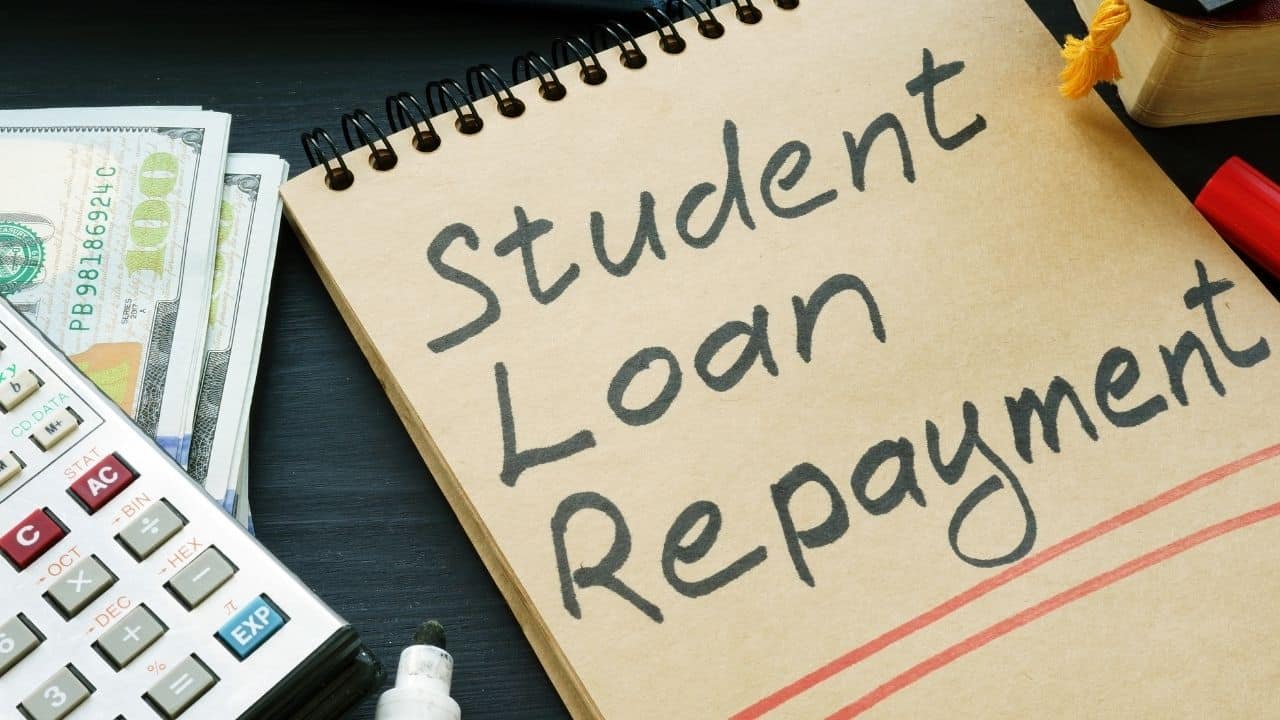President Joe Biden, aiming to fulfill a key campaign promise, unveiled a new proposal in Wisconsin aimed at canceling student debt for over 30 million Americans. This move comes after the Supreme Court blocked his initial mass cancellation effort.

How Does Biden’s New Plan Differ?
The revamped plan targets five specific borrower categories, employing the Higher Education Act for legal backing—a shift from the previous strategy. It’s designed to be more focused, aiding those in dire need of relief, unlike the earlier proposal intended to erase $10,000 in debt for individuals earning up to $125,000.
Who Gets Debt Relief?
The broadest impact will be on borrowers burdened by interest accumulation, offering up to $20,000 in cancellations. Additionally, those eligible for existing forgiveness programs, long-term repayment contributors, attendees of low-value programs, and those facing financial hardships could see their debts forgiven. The majority of this relief requires no application, aiming for simplicity and accessibility.
When Will Relief Arrive?
Some borrowers might see their debts disappear as early as this fall, with the Education Department pushing for swift action. Though traditionally a lengthy process, a clause in the Higher Education Act could expedite relief, potentially circumventing the usual timelines.
Is the Plan Guaranteed?
Uncertainty looms over Biden’s latest initiative, with potential legal challenges on the horizon. Despite the administration’s confidence, conservative opposition and the possibility of a lawsuit could stall or even derail the plan, especially with the upcoming presidential election casting a shadow of unpredictability.
What’s Next for Borrowers?
For many, Biden’s proposal offers a glimmer of hope, but the path to debt cancellation is fraught with legal and political hurdles. As the administration moves forward, borrowers are advised to stay informed and prepared for any outcome.


